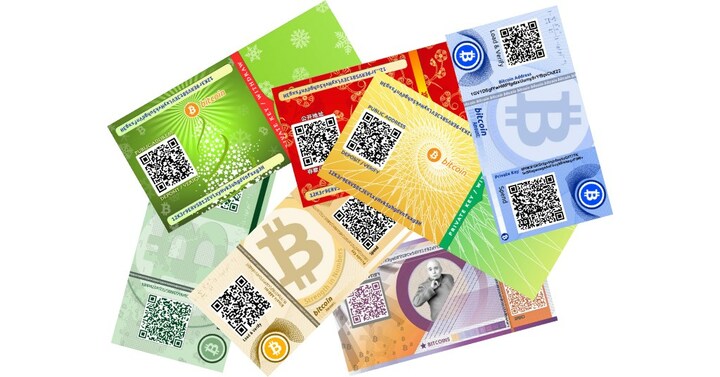In the ever-evolving landscape in the ever-changing world of Paper Wallet, one of the earliest and reliable ways of keeping Paper Wallet securely remains the paper wallet. It's a term that is in contrast against the digital aspects in Paper Wallet itself, offering an tangible record of digital assets. Fundamentally it is a Paper Wallet is a physical document that contains a public address for receiving Paper Wallet and a private keys for spending and transferring it. In spite of the rise of electronic wallets and wallets that are software-based, Paper wallets are still popular with consumers due to their simple design and high level of security.

The basic idea behind the idea behind a Paper Wallet is a physical document containing all the necessary information to access and manage Paper Wallet funds. The majority of them include one Paper Wallet address for receiving funds, as well as a keys for spending and transferring those money. The beauty lies in its simplicity. It is devoid of any complex applications or digital interfaces. A paper wallet is able to be accomplished offline, providing an extra layer of security by keeping your wallet safe from security threats online, such as hackers or malware.
One of the most significant benefits of the Paper Wallet lies in its offline function, which drastically decreases the risk of attack for attackers. Because the private key is and will remain private from the Internet the wallet is safe from online hacking attempts or malware attacks that target digital devices. Paper wallets are an excellent choice for the long-term storage of paper Wallets as well as for those who are concerned about security over all other considerations. In addition, these wallets are not dependent on any third party service or infrastructure giving users full control over their cash in all circumstances.
But, it's important to understand that, while Paper Wallets offer robust security However, they carry their own set of risks. The biggest risk is the possibility of losing the paper that holds your keys. Unlike digital wallets, where it is possible to recover funds with a backup phrase when you lose your paper wallet, or if it becomes damaged, it is impossible to retrieve your Paper Wallets. That makes designing and maintaining Paper wallets a delicate balance between accountability and security. People must take extra care to guard their wallets from loss or destruction. To obtain extra information please check my source

Despite its advantages, Paper Wallets come with some unique considerations and the potential for pitfalls. A major concern is the physical security of the paper. Contrary to the digital storage options that are able to be back-up or replicated, paper is prone to be damaged, destroyed, or destroyed. Unintentional fires, spills or natural disasters may result in the permanent loss of access on your Paper Wallet funds. So, it's crucial to store paper wallets in secure and sturdy locations, such as safes that are fireproof, or boxes, to mitigate such hazards.
A further issue is the convenience issue related to wallets made of paper compared to their digital counterparts. Transferring funds to a paper wallet requires manually input of the private code to a digital wallet this can be tedious and potentially error-prone. Additionally, accessing funds stored in a paper wallet might not be instantaneous, as it is a matter of retrieving the physical document and entering the private key which could be inconvenient when you need to access funds in a hurry.
Comments on “The Energy of Tangibility: Understanding Paper Wallets”